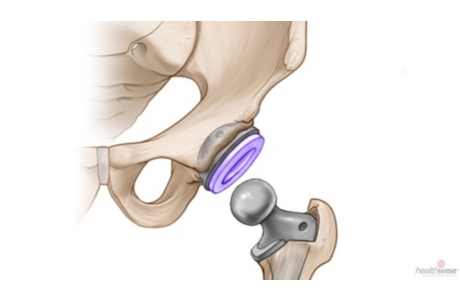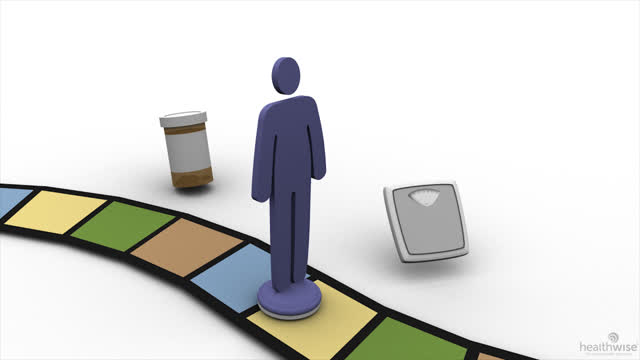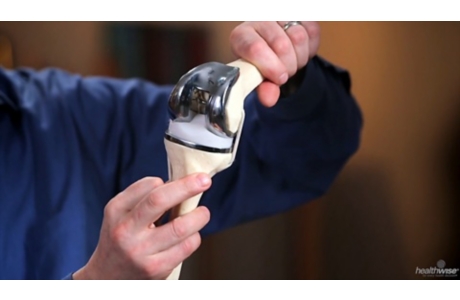Joint Replacement: Realistic Expectations
Topic Overview
It is important to have realistic expectations of joint replacement surgery.
- Replacement joints are not “miracle” joints. They will not restore a joint to the function it had before the arthritis began.
- Pain relief is the most dependable outcome of joint replacement. When the pain is relieved, you also may get some function back, but this is not the main goal and is less predictable.
- On average, replacement joints have a limited life span (10 to 20 years).
- There are certain activities (running, downhill skiing) you should not do after surgery. The joint is meant to be used but not abused.
- Low-impact aerobics, moderate hiking, bicycling, swimming, gardening (if you don’t squat), and normal housework usually are allowed.
- People who have had a joint replacement may need to take antibiotics before dental work, certain tests, and surgery for at least 2 years after joint replacement surgery to prevent infection in the artificial joint.
Credits
Current as ofJune 26, 2019
Author: Healthwise Staff
Medical Review: Anne C. Poinier MD – Internal Medicine
Adam Husney MD – Family Medicine
Kathleen Romito MD – Family Medicine
Kenneth J. Koval MD – Orthopedic Surgery, Orthopedic Trauma
Current as of: June 26, 2019
Author: Healthwise Staff
Medical Review:Anne C. Poinier MD – Internal Medicine & Adam Husney MD – Family Medicine & Kathleen Romito MD – Family Medicine & Kenneth J. Koval MD – Orthopedic Surgery, Orthopedic Trauma






